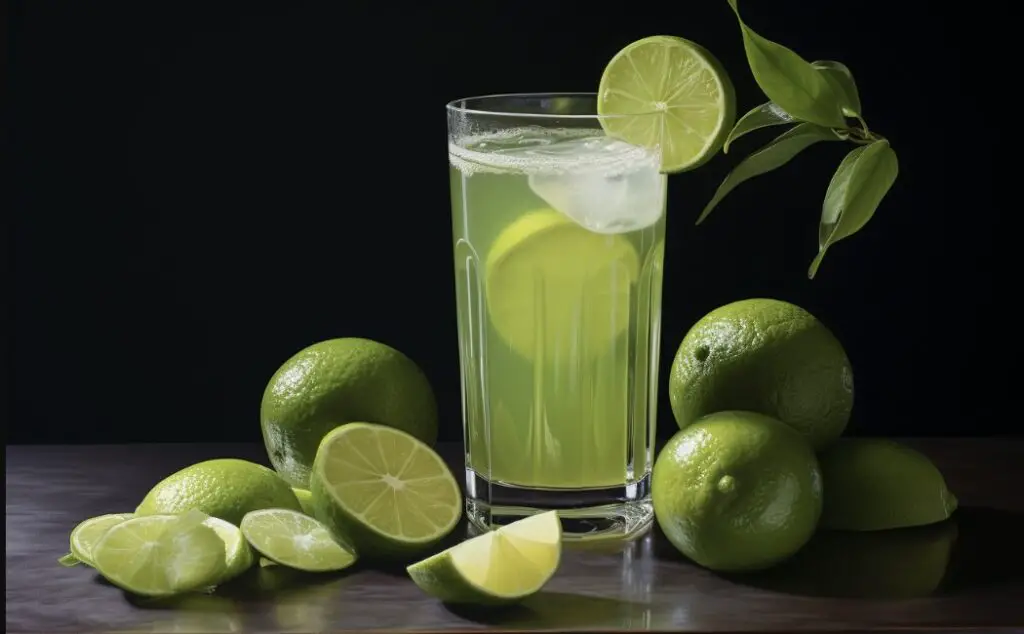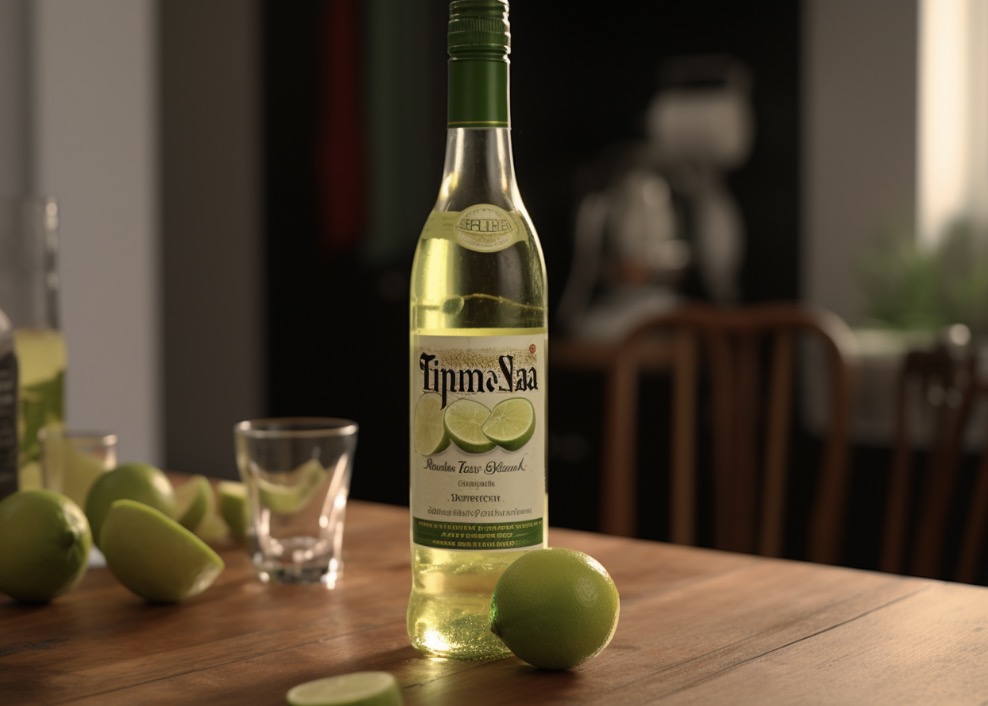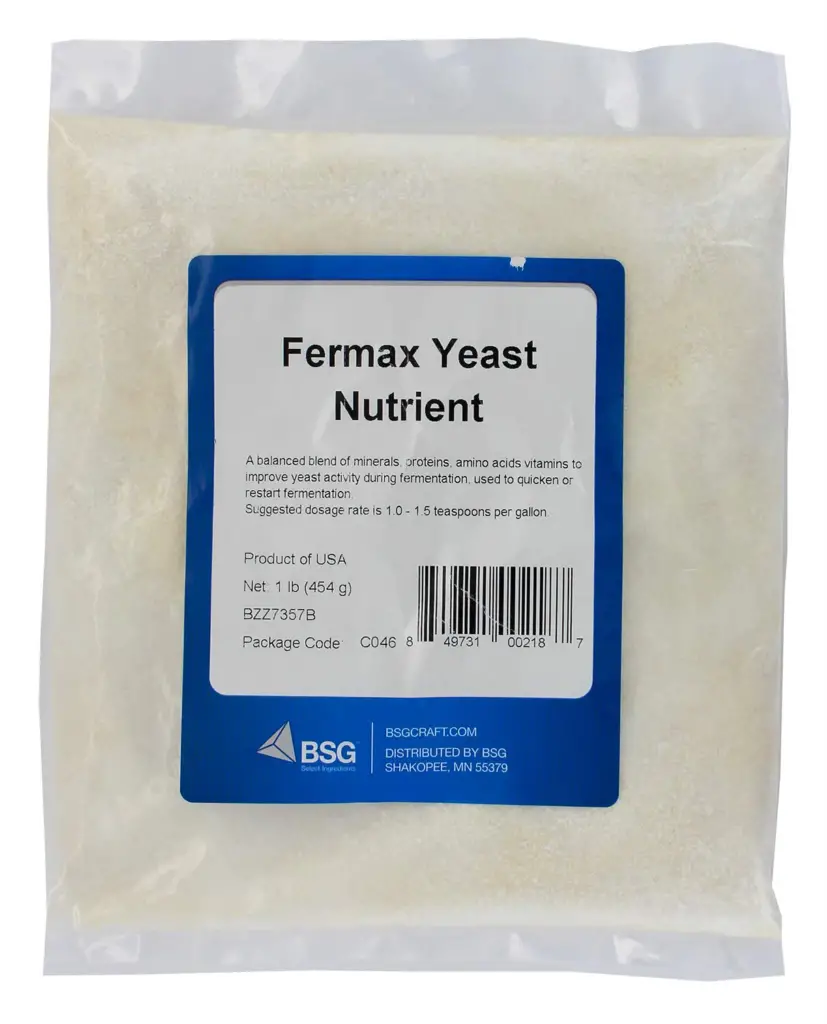As a seasoned brewer, I have enjoyed experimenting with various ingredients and techniques to create unique and flavorful beverages.
One question that has crossed my mind over the years is: Can you ferment lime juice?
The idea of creating a fermented lime beverage seemed intriguing, but I was unsure if it was even possible.
Yes, you can ferment lime juice, although it may require some extra steps and considerations due to its high acidity and low sugar content.
In this blog post, I will share my experience with fermenting lime juice, the challenges and triumphs I encountered, and the final outcome of my experiment.
The Chemistry of Lime Juice
Before diving into the fermentation process, it’s essential to understand the chemistry of lime juice and why it may be challenging to ferment.

Lime juice is highly acidic, with a pH level around 2.0 to 2.8. This acidity is primarily due to the presence of citric acid, which accounts for about 5 to 6 percent of the juice’s composition.
The high acidity of lime juice provides a hostile environment for most yeast strains, making fermentation difficult. Additionally, lime juice is relatively low in sugar content compared to other fermentable fruits, which further complicates the fermentation process.
Choosing the Right Yeast
To ferment lime juice, it is crucial to select a yeast strain that can tolerate high acidity levels and low sugar content.
After researching various yeast strains, I decided to use Saccharomyces cerevisiae, a species commonly used in wine and beer production.
This yeast strain is known for its high tolerance to acidic environments and its ability to ferment a wide range of sugars.
Because lime juice lacks most nutrients for the yeast, we will also need to add some yeast nutrients to make it work well.
Fermax Yeast Nutrients
Yeast nutrients contain everything the yeast needs, such as DAP and B vitamin that are not naturally present in lime.
Preparing the Lime Juice
Before fermenting the lime juice, I first had to prepare it by extracting the juice from fresh limes. I used a citrus juicer to squeeze the juice from several limes, then strained the liquid through a fine mesh sieve to remove any pulp or seeds. Next, I measured the specific gravity of the juice with a hydrometer to determine its sugar content. The specific gravity of pure lime juice is typically around 1.000 to 1.010, which translates to a low sugar content.
Adjusting the Sugar Content
Since lime juice has a low sugar content, I needed to add sugar to the mix to provide the yeast with enough fermentable material. I chose to use white granulated sugar, as it would dissolve easily in the juice and not alter the lime flavor too much. I added sugar to the lime juice until I reached a specific gravity of 1.060, which would result in a final alcohol content of approximately 7 to 8 percent.
Balancing the Acidity
Another critical step in fermenting lime juice is balancing its acidity. High acidity can inhibit yeast activity and result in a slow or stalled fermentation.
To combat this issue, I added calcium carbonate (also known as chalk) to the juice. You can also use plain baking soda (sodium carbonate) to reduce acidity if you want. Calcium carbonate reacts with the citric acid in the lime juice, neutralizing some of the acidity and raising the pH level.
I added small amounts of calcium carbonate until the pH of the juice reached around 3.5. This pH level is still acidic but more conducive to yeast activity and fermentation.
Fermentation Process
With the sugar content and acidity of the lime juice adjusted, I was ready to begin the fermentation process. I added the Saccharomyces cerevisiae yeast to the juice and transferred the mixture to a sanitized glass carboy.
I fitted the carboy with an airlock to allow carbon dioxide to escape during fermentation while preventing any contaminants from entering the vessel.
The fermentation process took approximately two weeks to complete. I monitored the progress by checking the airlock’s bubbling activity and measuring the specific gravity of the juice with a hydrometer.
Clarification and Aging
After fermentation was complete, I racked the fermented lime juice into a clean, sanitized carboy, leaving behind any sediment. The liquid was somewhat cloudy due to the yeast and pulp particles suspended in the juice. To clarify the beverage, I allowed it to age for several weeks in a cool, dark place.
During this time, the suspended particles gradually settled to the bottom of the carboy, leaving a clear and bright liquid above. I then racked the clear liquid off the sediment and prepared it for bottling.
Bottling and Carbonation
Since I wanted to create a sparkling fermented lime beverage, I decided to bottle condition the liquid for carbonation, but you can also just keep it as a still wine.

I added a small amount of sugar to each bottle before filling it with the fermented lime juice. The residual yeast in the liquid consumed the added sugar, producing carbon dioxide gas and carbonating the beverage.
I allowed the bottles to carbonate for about two weeks before sampling my creation.
The Final Verdict
So, can you ferment lime juice? The answer is a resounding yes! My fermented lime juice experiment resulted in a delicious, sparkling beverage with a tangy, refreshing flavor. The fermentation process, while challenging due to the lime juice’s acidity and low sugar content, was ultimately successful thanks to careful adjustments and the use of a robust yeast strain.
In conclusion, here are ten facts about fermenting lime juice:
1. Lime juice can be fermented, but it requires some extra steps and considerations.
2. Lime juice is highly acidic, with a pH level around 2.0 to 2.8.
3. The high acidity of lime juice can inhibit yeast activity and make fermentation difficult.
4. Lime juice is low in sugar content compared to other fermentable fruits.
5. A yeast strain with high acidity tolerance, such as Saccharomyces cerevisiae, is essential for fermenting lime juice.
6. Additional sugar must be added to the lime juice to provide enough fermentable material for the yeast.
7. Balancing the acidity of lime juice with calcium carbonate can create a more conducive environment for yeast activity.
8. The fermentation process for lime juice takes approximately two weeks.
9. Fermented lime juice can be clarified and aged to produce a clear, bright beverage.
10. Fermented lime juice can be bottle conditioned to create a sparkling, carbonated beverage.
FAQs
How do you make lime wine?
Lime wine can be made by fermenting lime juice with sugar, water, and yeast. The lime juice is mixed with sugar and water to create a must, which is then inoculated with yeast. The mixture is left to ferment for several weeks until the desired level of alcohol is achieved. The wine can be aged in a glass carboy for several months before bottling.
How to make wine at home from juice?
To make wine at home from juice, you will need to add yeast to the juice, ferment it for several weeks, and then bottle and age the wine. It is important to sanitize all equipment and follow proper steps to ensure the wine turns out well.
Can you preserve limes like lemons?
Yes, you can preserve limes like lemons by pickling them in vinegar or brine, or by preserving them in salt. Lime pickles are a popular condiment in Indian and Middle Eastern cuisine.
How to make fruit wine at home step by step?
To make fruit wine at home, you will need to follow these basic steps:
1. Choose your fruit and wash it thoroughly.
2. Crush the fruit and add sugar and water to it.
3. Add yeast to the mixture and let it ferment for a few days.
4. Strain the mixture and transfer it to a secondary fermentation vessel.
5. Let it ferment for a few more weeks, then bottle and age the wine.
It’s important to follow proper sanitation practices and use the right equipment to ensure the best results.
Can juice turn into wine?
Yes, juice can turn into wine through the process of fermentation, where yeast consumes the sugar in the juice and produces alcohol.
How do you make wine from lime juice?
It is not possible to make wine from lime juice as wine is made from fermented grapes or other fruits that contain sugar and yeast, which is not present in lime juice.





